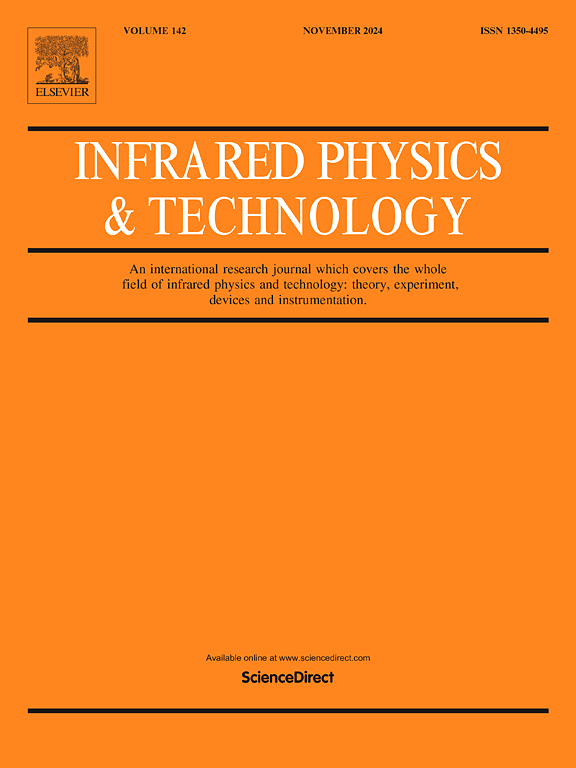Edge Feature Enhanced Transformer Network for RGB and infrared image fusion based object detection
IF 3.1
3区 物理与天体物理
Q2 INSTRUMENTS & INSTRUMENTATION
引用次数: 0
Abstract
Compared to RGB imaging, synchronous RGB and infrared (IR) imaging enables to offer more comprehensive information to improve object detection performance in diverse settings. However, current associated fusion approaches have limitation in local edge detail learning, resulting in challenges like missed detection of edge small, and occluded objects in the fused images. To fully utilize information from different modalities, an efficient Edge Feature Enhanced Transformer Network (EFETN) is developed in this study for target detection. The proposed network is designed as a dual-stream backbone transformer-based framework. Edge feature enhancement is addressed in this dual-stream network structure by embedding two proposed modules. One is constructed for feature extraction from each individual modality image through simultaneous context information and low-frequency filtering enhancement. The other utilizes the self-attention mechanism of the Transformer to merge features from various modalities in a residual form and mutually enhance each other to improve object detection performance. Comprehensive experiments and ablation studies conducted on multiple public datasets validate the efficacy of the proposed approach, showcasing state-of-the-art detection performance.
边缘特征增强变换器网络用于基于 RGB 和红外图像融合的物体检测
与RGB成像相比,同步RGB和红外(IR)成像能够提供更全面的信息,以提高在不同设置下的目标检测性能。然而,目前相关的融合方法在局部边缘细节学习方面存在局限性,导致融合图像中边缘小物体的遗漏和遮挡等问题。为了充分利用来自不同模式的信息,本研究开发了一种高效的边缘特征增强变压器网络(EFETN)用于目标检测。该网络被设计为基于双流骨干变压器的框架。在这种双流网络结构中,通过嵌入两个提出的模块来增强边缘特征。通过同时提供上下文信息和低频滤波增强,构造了一个用于从每个单独的模态图像中提取特征的模型。另一种是利用Transformer的自关注机制,将各种模态的特征以残差形式合并,并相互增强以提高目标检测性能。在多个公共数据集上进行的综合实验和消融研究验证了所提出方法的有效性,展示了最先进的检测性能。
本文章由计算机程序翻译,如有差异,请以英文原文为准。
求助全文
约1分钟内获得全文
求助全文
来源期刊
CiteScore
5.70
自引率
12.10%
发文量
400
审稿时长
67 days
期刊介绍:
The Journal covers the entire field of infrared physics and technology: theory, experiment, application, devices and instrumentation. Infrared'' is defined as covering the near, mid and far infrared (terahertz) regions from 0.75um (750nm) to 1mm (300GHz.) Submissions in the 300GHz to 100GHz region may be accepted at the editors discretion if their content is relevant to shorter wavelengths. Submissions must be primarily concerned with and directly relevant to this spectral region.
Its core topics can be summarized as the generation, propagation and detection, of infrared radiation; the associated optics, materials and devices; and its use in all fields of science, industry, engineering and medicine.
Infrared techniques occur in many different fields, notably spectroscopy and interferometry; material characterization and processing; atmospheric physics, astronomy and space research. Scientific aspects include lasers, quantum optics, quantum electronics, image processing and semiconductor physics. Some important applications are medical diagnostics and treatment, industrial inspection and environmental monitoring.

 求助内容:
求助内容: 应助结果提醒方式:
应助结果提醒方式:


